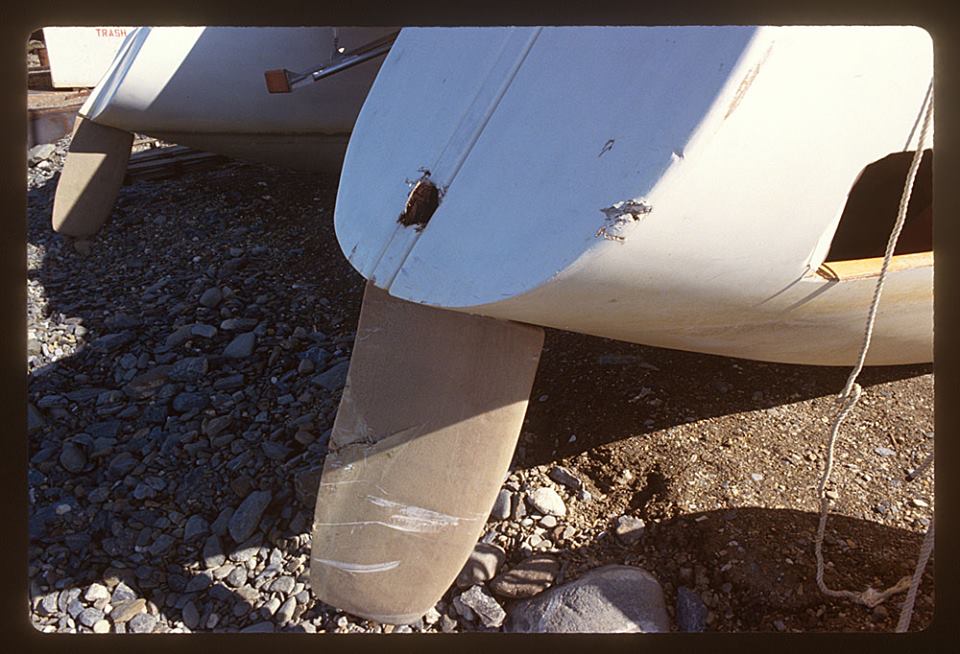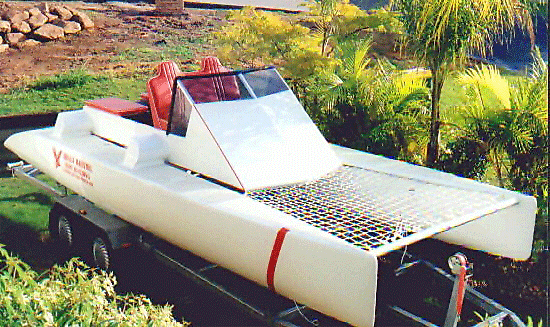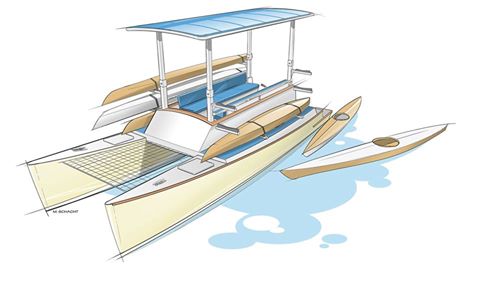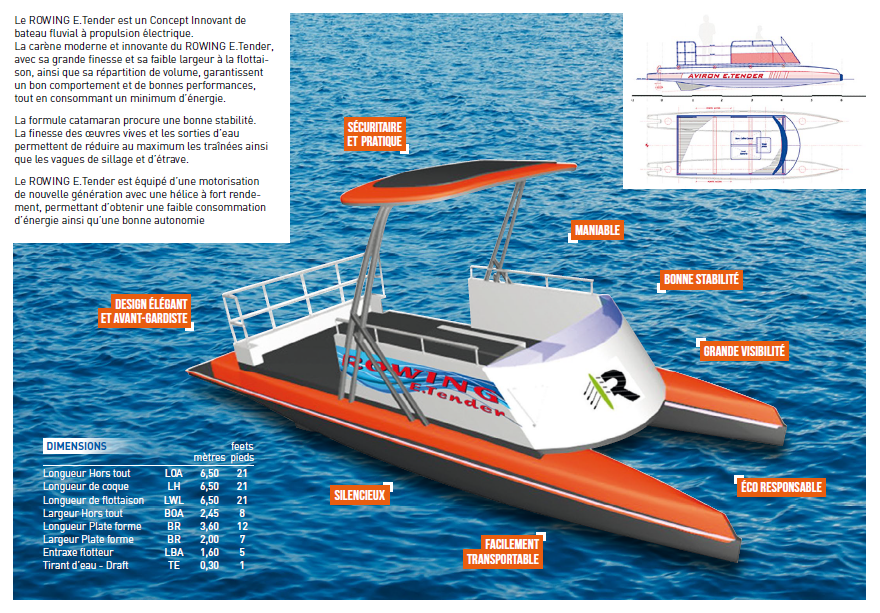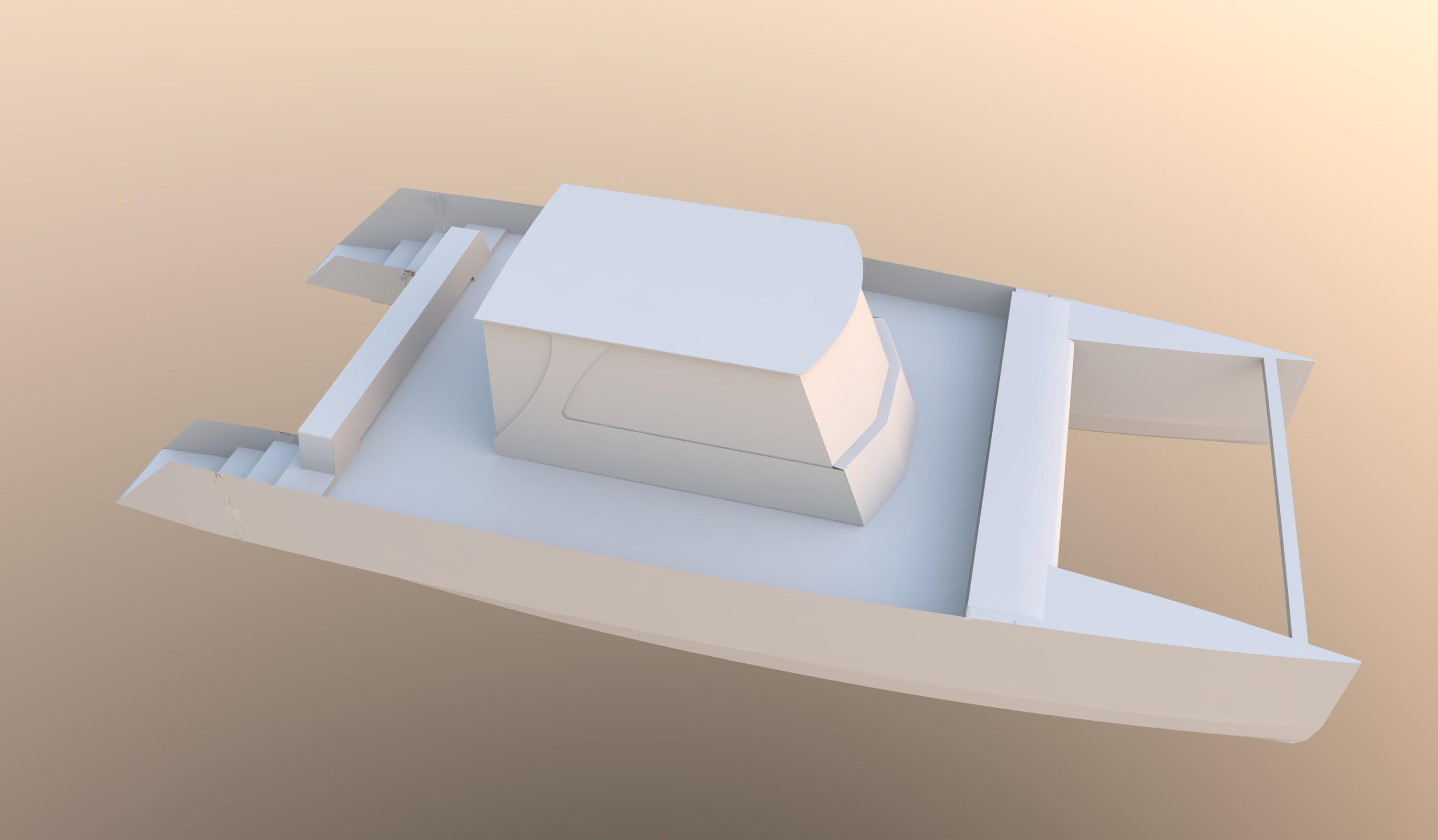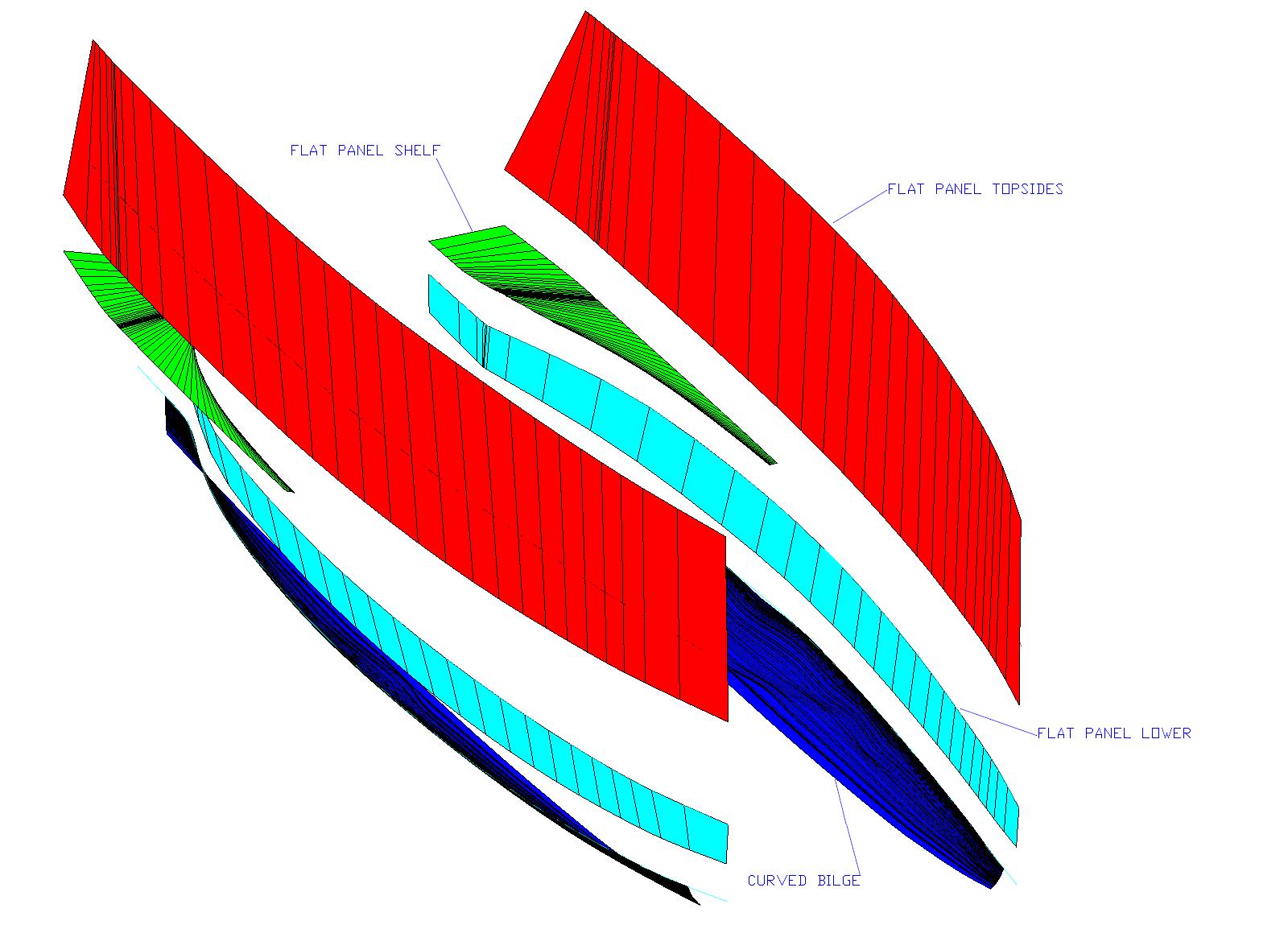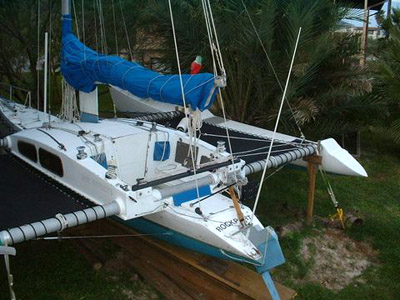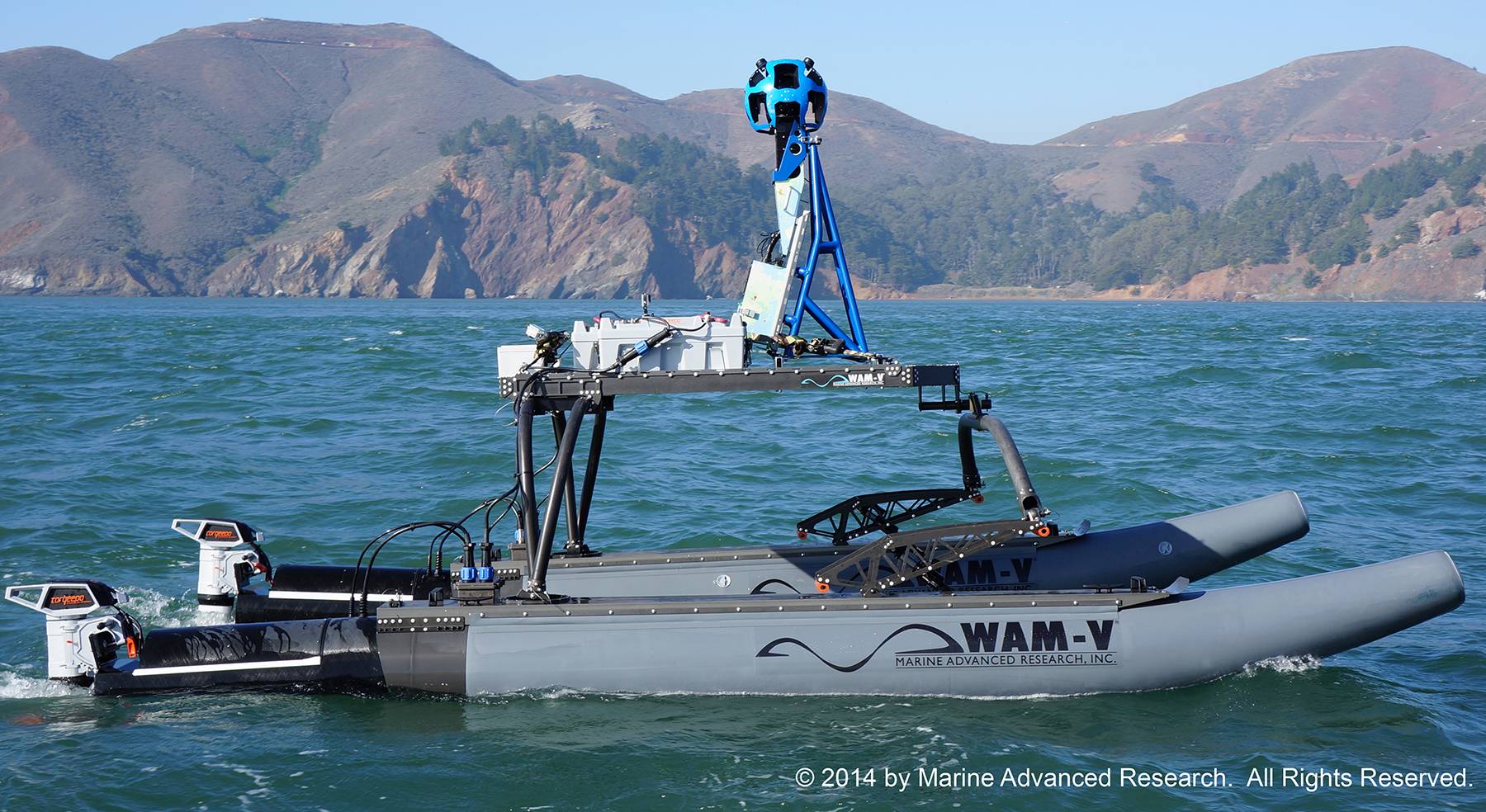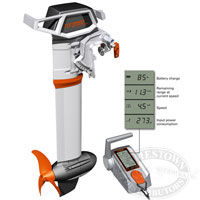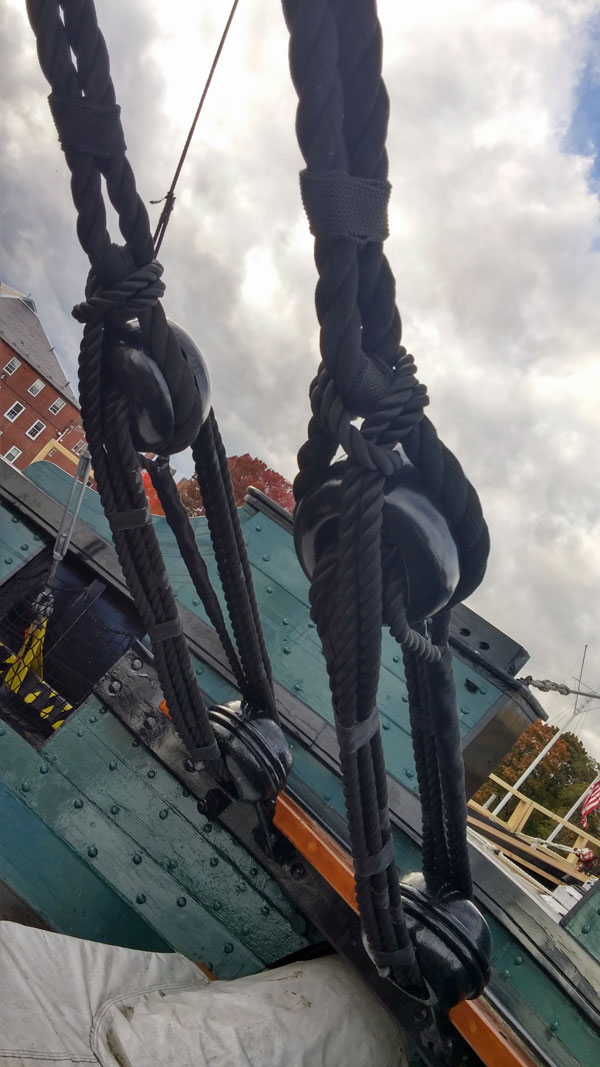Jim Dory has brought to my attention that my standby sources for thick walled stainless steel pipe or tubing, have vanished.
Both Tubesales and Kilsby/Roberts phones have been disconnected. They once sold thickwall rudder shaft material. Typically a pair of shafts costed as much as a new Pygmy Kayak, but you could still get them.
For other things I have been using Online Metals, www.onlinemetals.com and
Metalshorts, www.metalshorts.com
The problem is neither of them have pipe heavier than Sch 80. Usually I would specify XX thick. Typically my rudders are higher aspect ratio than most, so the loads are higher. I recall seeing a note last year that Kelsall specified an 1/8″ wall thickness in a rudder shaft for a multi of around 40′. I noted that such a shaft would survive for a few minutes on one of my boats. I forget what he replied.
Another choice is to use high strength stainless Aquamet prop shaft cutoffs. They are heavier being solid, but with such high properties the shaft diameter can be smaller. I can run E x I spreadsheets for anyone needing that.
This does make carbon tubes more attractive, though cruisers will still find the less fragile nature of stainless better. And stainless does have almost 3 times the deflection resistance or modulus of carbon. I recall after multihull guru Mark Evans did a 90 degree sudden turn on the Geko, at about 25 knots, we were still fine. I later discovered that the shaft had deflected so much that the glass halves of the rudder skin had sheared against each other, on the trailing edge of the rudder. The carbon shaft had no problems.
On the big boats I got a surprise that I did not expect. A rudder shaft on one of the 65′ daycharter cats was 3-1/2″ diameter with 3/4″ thick walls. It passed all the calculations for years of service. However, when the rudders were turned, a blast from the props being pushed by a pair of 550 hp Cat engines pasted them back. I did not see that coming.
So, in summary, if anyone knows of a source for thick wall stainless tube or pipe, let me know and I will post here.
